Welcome Dear Lovers of the Insect world and Photography
Bienvenidos Queridos Amantes del mundo de los Insectos y la Fotografía
Siempre es un placer encontrarme con ustedes aunque sea a través de las letras, y mis fotografías han sido días de mucho trabajo en la vida real. Además, mis pequeñas hijas están terminando el año escolar y están full de actividades, así que se me ha hecho difícil escribir en los últimos días. Pero aquí estoy de regreso y con un conjunto de fotografías que tuve la oportunidad de realizar durante mi recuperación post Covid-19, en la ciudad de Maturín. Era una hermosa y radiante mañana, así que aproveche de salir a tomar el sol. En la zona donde vive mi hermana no hay que dejar pasar esos días, porque llueve mucho.
It is always a pleasure to meet with you even if it is through the letters, and my photographs, it has been a busy few days in real life. Besides, my little daughters are finishing the school year and are full of activities, so it has been difficult for me to write in the last few days. But here I am back with a set of pictures that I had the opportunity to take during my post Covid-19 recovery, in the city of Maturin. It was a beautiful and radiant morning, so I took the opportunity to go out and sunbathe. In the area where my sister lives, you should not let those days go by, because it rains a lot.
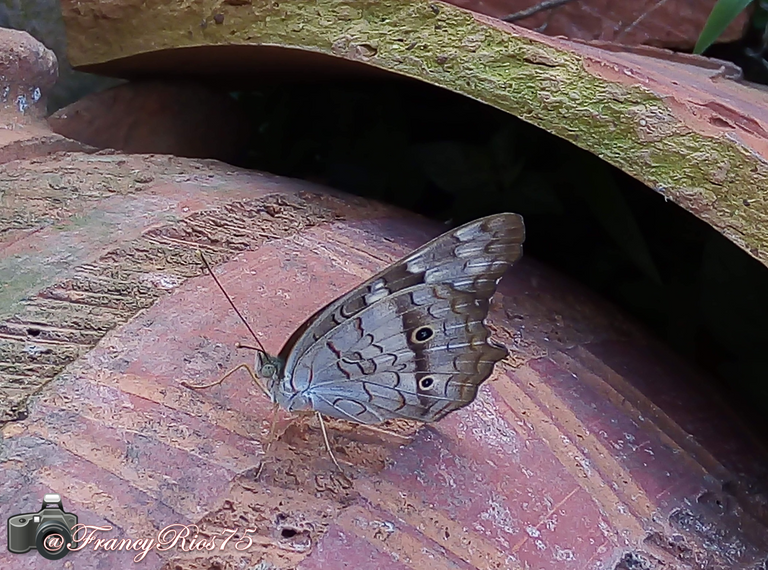

Well, the thing was that while I was enjoying my morning sunbath, a beautiful White Peacock Butterfly or Cinderella, as it is called in some places, came to visit my sister's garden. Although the official name of this Lepidoptera insect, at least, in the scientific field is Anartia Jatrophae.

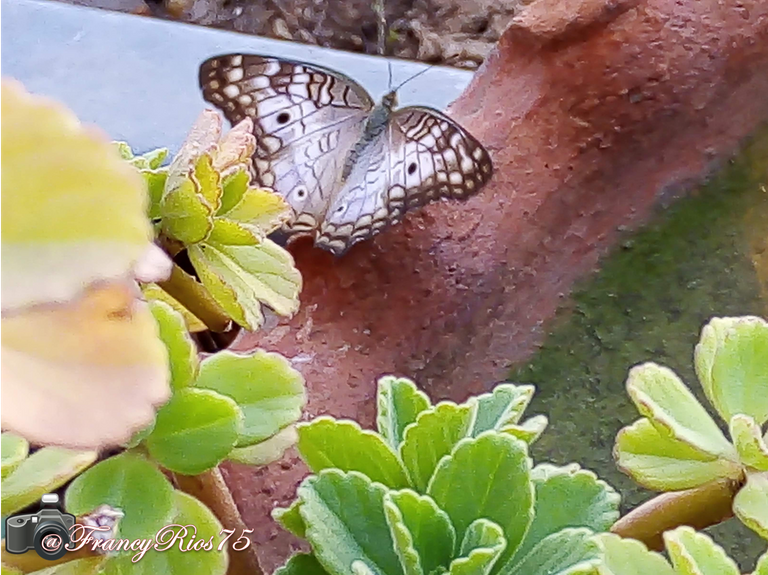

It is a butterfly native to the American continent, spread throughout much of it, in the northern part of the continent is distributed in the southeastern United States. Then we find it throughout Central America, in a large number of Caribbean islands. If we continue down we will find this species throughout much of the South American cone.

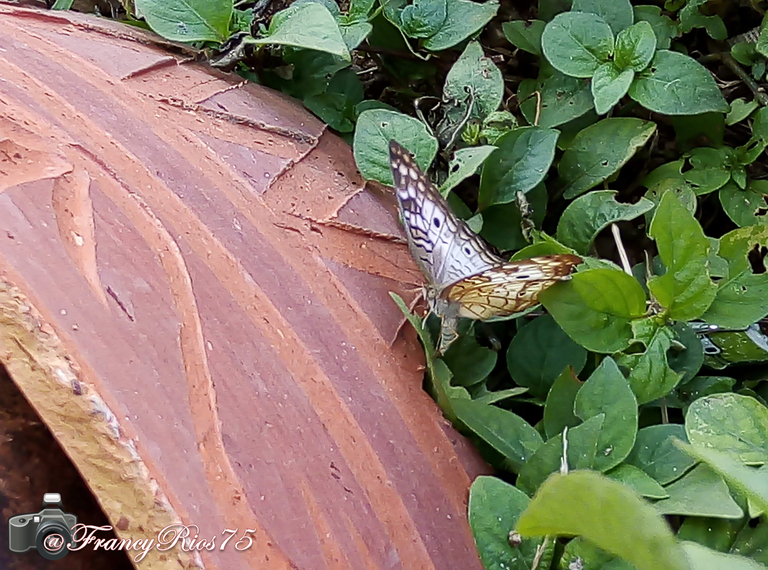

It is commonly found in our gardens, as well as in cleared habitats such as forest clearings, specifically in areas where low grasses predominate, such as thickets. Also, it is common to see them flitting through the plains, grassy meadows and crop orchards. It has even been possible to see some specimens in places that reach up to 1,500 meters above sea level.



Although the pretty butterfly I show you today, in the images it shows off its wings dressed in a scale of colors, ranging from brown, through light grays to white. This species can also be found with orange wing edges. As you can see each of its upper wings has a dot and its lower wings also have a dot but in this case they are smaller in size. These characteristic dots are a kind of protection mechanism against predators, since, when other animals see them; they can mistake them for eyes, and persuade them to attack them.

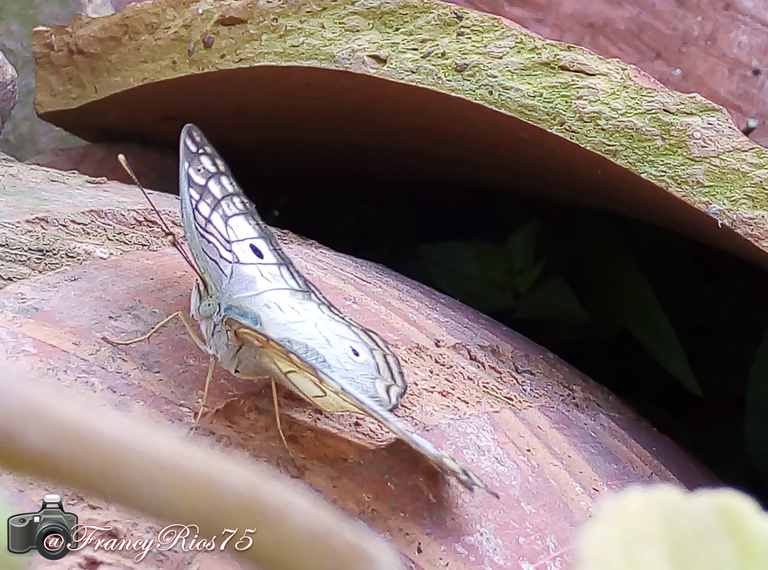

The female specimens of this species of butterflies are larger than the males, being their size between 5 to 7 centimeters. In the case of the males of this species, although they are smaller, they have a very territorial behavior, which is really strange among butterflies. They protect their territory, which extends for about 15 meters in diameter, not only from other insects, but also from other males of the same species. In this space they protect are the plants where the caterpillars of the future butterflies live and feed.

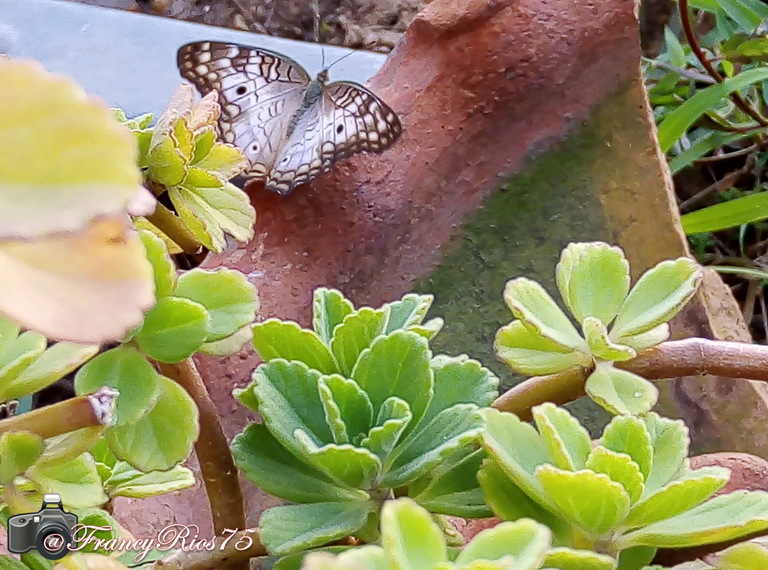

Their behavior during the course of the day varies, with them being significantly more active in the morning. They can be seen flying from flower to flower through the foliage or simply basking in the sun as they love to do so. When the heat becomes too hot, they usually seek shelter in places where the sun's rays do not hit them directly. To come out again to the top of the thicker grasses, once the temperatures drop as the sun sets in the late afternoon.

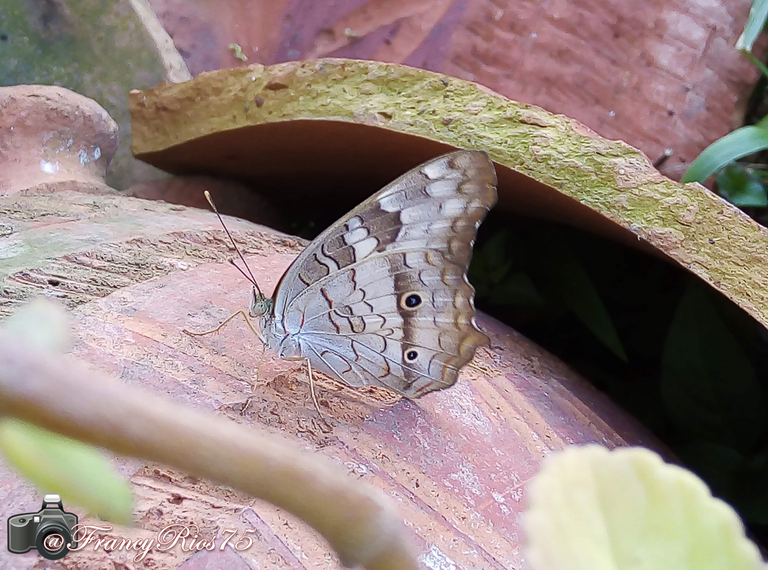

Finally, as for their diet, it depends on the state in which they are, while they are caterpillars their diet is vegetarian and is based mainly on Bacopa Monniera or Lippia plants. Now once they undergo their metamorphosis to become beautiful butterflies, their diet is based on the nectar of a large number of flowers. In the case of Venezuela, the Cariaquillos Morado is a plant that abounds and it is very common to see them perched on their beautiful flowers drinking their nectar.

Bueno queridos lectores por ahora me despido, espero que les gustara esta nueva selección de fotografías y que la información que les comparto sea de utilidad para ustedes. También espero sea del agrado del amigo @Adalger, ya que será mi entrada de esta semana para el maravilloso concurso que organiza, Insects Of The World - INSECT CONTEST - June 2021 - #01. Les envío muchas bendiciones, no olviden cuidarse y cuidar a los suyos cumpliendo con las medidas de bioseguridad. Se les quiere.
Well dear readers, I hope you like this new selection of photographs and that the information I share with you will be useful for you. I also hope my friend @Adalger likes it, as it will be my entry this week for the wonderful contest he organizes, Insects Of The World - INSECT CONTEST - June 2021 - #01 I send you many blessings, don't forget to take care of yourselves and your loved ones by complying with biosecurity measures. You are loved.

Referencias Bibliográficas
https://www.cortolima.gov.co/sites/default/files/images/stories/centro_documentos/pom_coello/diagnostico/apendices/lepidopteros/a_jatrophaeh_melpomene_e_griphe.pdf
https://www.ecured.cu/Anartia_jatrophae_semifusca
http://faunadominicanard.blogspot.com/2017/01/mariposa-pavo-real-blanco.html

Contenido y fotografías de mi propiedad intelectual
Información Técnica
| Cámara | Pentax * istDL |
|---|---|
| Lente | * Pentax 18-55 |
| Iluminación | Luz Natural |
| Locación | Maturín, Estado Monagas, Venezuela |
Content and photographs of my intellectual property
Technical information
| Camera | Pentax * istDL |
|---|---|
| Lens | * Pentax 18-55 |
| Lighting | Natural Light |
| Location | Maturín, Monagas State, Venezuela |



Thats a beautiful one with a really nice pattern ^^ .. I just wait for the day, when this specimen migrates over here to Europe too ;)
Hello @adalger happy and blessed day. If the pattern is very beautiful and when the edge of the wings is orange it is even more beautiful. Thank you for your visit.
Efectivamente es la especie Anartia jatrophae. El mes pasado publiqué algo sobre ella.
Hola @capp gracias por tu visita.
Beautiful shots and also thanks for sharing the detail.
Thanks to you @faisalamin for the visit, I'm glad you liked it. Greetings and blessings.
Congratulations @francyrios75! You have completed the following achievement on the Hive blockchain and have been rewarded with new badge(s) :
Your next target is to reach 60000 upvotes.
You can view your badges on your board and compare yourself to others in the Ranking
If you no longer want to receive notifications, reply to this comment with the word
STOPCongratulations, your post has been upvoted by @dsc-r2cornell, which is the curating account for @R2cornell's Discord Community.
Enhorabuena, su "post" ha sido "up-voted" por @dsc-r2cornell, que es la "cuenta curating" de la Comunidad de la Discordia de @R2cornell.